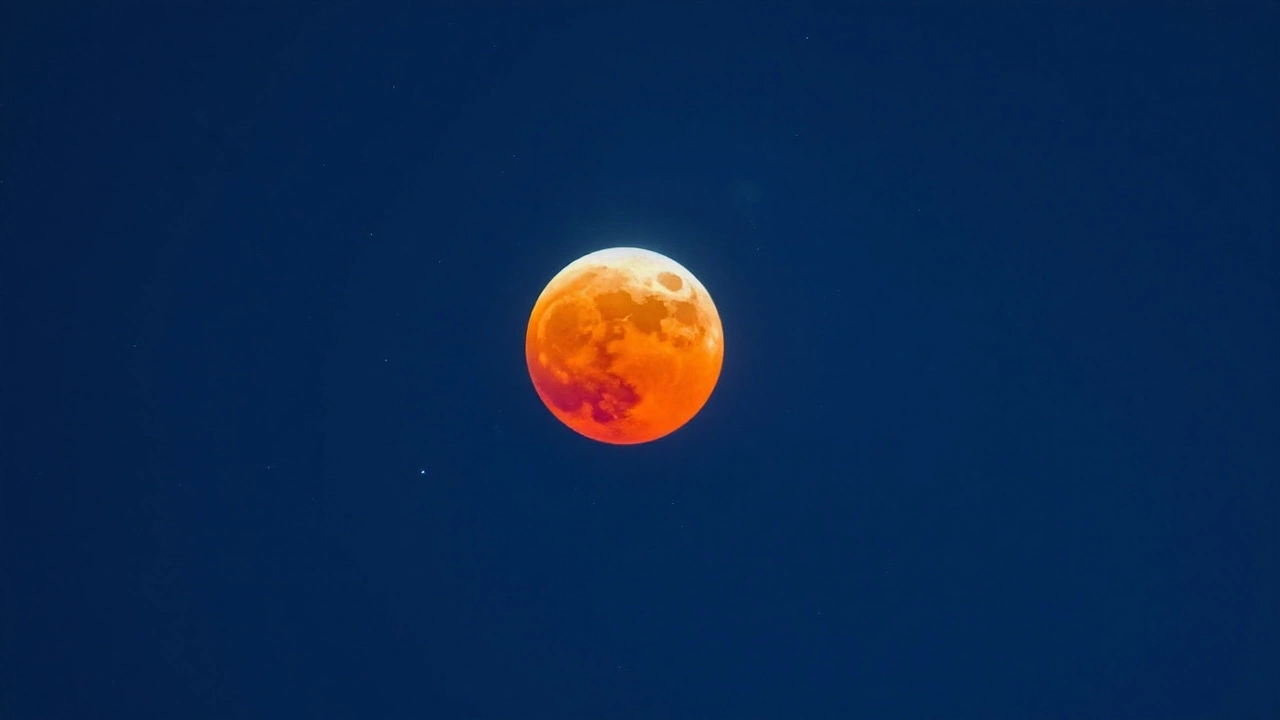
Total Lunar Eclipse: What It Is and How to See It
If you’ve ever looked up at a blood‑red moon and wondered what’s going on, you’ve probably seen a total lunar eclipse. It’s not magic, just a perfectly lined‑up dance between the Earth, Sun, and Moon. When the Earth moves between the Sun and the Moon, its shadow falls on the Moon and blocks most of the sunlight. The Moon can turn a deep orange‑red, a sight that’s both strange and beautiful.
When Is the Next One?
Total lunar eclipses happen about twice a year, but not every one is visible from the same spot on Earth. The next eclipse visible from the UK will be on April 14, 2029. It will start with a penumbral phase, where the Moon gets a faint shading, then move into a partial phase, and finally the total phase lasts roughly an hour. Mark your calendar, set a reminder, and keep an eye on the weather forecast – clear skies are a must.
How to Watch It Safely
Good news: you don’t need any special glasses to watch a lunar eclipse. The Moon is perfectly safe to look at with the naked eye. If you want a closer look, grab a pair of binoculars or a small telescope. A simple tripod helps keep the view steady, especially if you’re filming. And if you’re planning a backyard party, bring blankets, hot drinks, and a snack – the eclipse can be a great excuse for a night out.
Timing is key. Start watching a little before the eclipse begins so you can see the gradual darkening. Take note of the exact moment the Moon enters totality – that’s when the red color peaks. Many people set up a phone or camera on a timer to capture a time‑lapse of the whole event. A quick internet search will give you the exact start, maximum, and end times for your location.
Why does the Moon turn red? As the Sun’s light passes through Earth’s atmosphere, the blue light gets scattered away, leaving the longer red wavelengths to bathe the Moon. This is the same reason sunsets look orange. So, the color you see is actually filtered sunlight, not any strange lunar glow.
Want to make the experience more memorable? Try a “moon journal.” Write down the time, weather conditions, and what the Moon looks like at each stage. Compare notes with friends or post pictures online using the hashtag #TotalLunarEclipse. It’s a fun way to keep track of the event and see how it changes for different viewers.
If the sky is cloudy on the big night, don’t give up. A total lunar eclipse can be seen from many parts of the world, so you might catch it later from a different time zone. Live streams from observatories are usually set up for major eclipses, so you can still watch the drama from your couch.
Bottom line: a total lunar eclipse is a free, spectacular show that anyone can enjoy. No pricey tickets, no special equipment, just a clear night sky and a bit of patience. So when the date rolls around, step outside, look up, and enjoy the glow of a red Moon. It’s one of those moments that remind you how tiny we are and how cool the universe can be.
